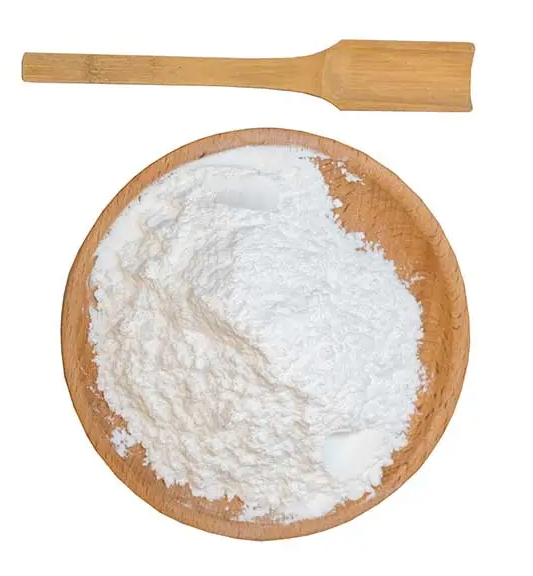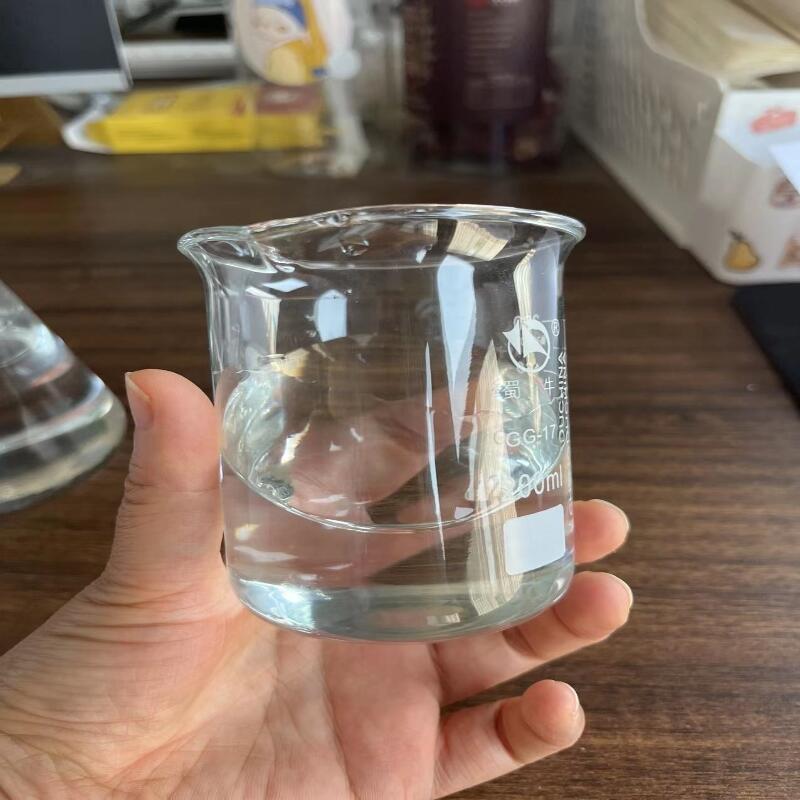How can traditional Chinese medicine "dig gold" in BRICs countries?
-
Last Update: 2013-07-16
-
Source: Internet
-
Author: User
Search more information of high quality chemicals, good prices and reliable suppliers, visit
www.echemi.com
International trade of traditional Chinese medicine can be divided into four forms: Traditional Chinese medicine, herbal pieces and formula granules, plant extracts, and proprietary Chinese medicine As the components, manufacturing and clinical application of Chinese patent medicine can best reflect and reflect the theory and culture of Chinese medicine, and Chinese patent medicine generally needs to be used under the guidance of Chinese medicine, the trade scale of Chinese patent medicine can reflect the scale of international development of Chinese medicine from one side, and the export situation of Chinese patent medicine can be seen as the wind direction of the internationalization process of Chinese medicine to some extent Mark Big differences in management of different countries Russia From 2006 to 2010, China's annual export of all kinds of traditional Chinese medicine products to Russia is about 4 million to 7 million US dollars, of which plant extract and Chinese patent medicine are the main export varieties, and the growth proportion of plant extract is larger than that of Chinese patent medicine, about double the export of Chinese patent medicine; in 2011, the export to Russia reached 12.13 million US dollars, of which Chinese patent medicine It is US $3.03 million, ranking 15th in the ranking of China's exports to other countries in the world In 2012, China's exports of Chinese patent medicines to the Russian Federation reached US $3.4578 million, an increase of 14.04% year-on-year, accounting for 1.31% of China's exports of Chinese patent medicines In Russia, some Chinese patent medicines get the registration of health products, not drugs, and cannot enter the normal medical sales channels and end markets Russia has its own herbal medicine registration system, in which 260 herbal medicines are included in the Russian essential medicine catalogue The main varieties of Chinese patent medicine exported by China to Russia are Rupixiao capsule, Hemorrhoid Cream, huatuozaiban pill, Hugan pill, Shenshitong granule, Xiaoyao Pill, Suxiaojiuxin pill, Naoxinshu oral liquid, Xinan oral liquid, compound donkey hide gelatin price syrup oral liquid, Shuanghuanglian price oral liquid, Xiaoshuan oral liquid and Longdanxiegan pill, etc In 2011, Brazil exported 99000 US dollars of Chinese patent medicine to Brazil, ranking the 78th in the ranking of China's exports to other countries in the world Brazil is rich in natural resources People have used herbal medicine to treat various common diseases and frequently occurring diseases Dozens of herbal medicines have been made into pieces, tablets and capsules However, the processing and production technology is still backward and cannot be sold as legal drugs At present, China mainly exports plant extracts to Brazil Brazil released the No.15 public consultation document on January 14 this year, which is expected to provide legal basis for the registration of traditional Chinese medicine, but the specific implementation measures and methods are still unclear At present, all traditional Chinese medicine products in Brazil must be marked in Portuguese, because according to the new Brazilian regulations, all products exported to Brazil must be marked in Portuguese with the commodity name, place of origin, nature, purpose, telephone number of exporters and importers, shelf life, and medical products need to be accompanied by detailed Portuguese instructions In 2011, South Africa exported US $1.07 million of Chinese patent medicines to South Africa, ranking 25th in China's export ranking to other countries in the world South Africa is one of the countries with better development of traditional Chinese medicine in the African continent Its development mode can provide reference for traditional Chinese medicine to enter Africa and even other countries in the world In 2000, the South African government confirmed the legal status of complementary medicine including acupuncture and moxibustion through legal procedures; in 2001, the South African Parliament issued regulation No Act "is the" temporary registration "management method formulated by the South African Drug Administration Committee to manage the registration of traditional Chinese medicine products; in 2002, the South African government declared and registered various traditional Chinese medicine products on the South African market from February to August, and those products declared and registered can enter the market legally Taking this opportunity, some Chinese medicine enterprises and local Chinese medicine enterprises in South Africa have successfully registered Chinese medicine varieties in South Africa, and Chinese medicine products have entered the retail market in South Africa For example, Fengyoujing, Rendan, safflower price oil, hualushui, Liushenwan and other products have already established their reputation in Africa; in the past 10 years, Yunnan Baiyao, compound Danshen price dropping pill and other products have also settled in South Africa The legislation of traditional Chinese medicine in South Africa has brought traditional Chinese medicine into the orbit of legal development, and the clinical application and trade of traditional Chinese medicine have also entered a period of rapid development In 2011, China exported 78200 US dollars of Chinese patent medicines to India, ranking 85th in China's export ranking to other countries in the world India is a big country of medicine production and traditional medicine In 2012, China's exports of traditional Chinese medicine to India were worth US $56 million, ranking seventh in the export of traditional Chinese medicine, ranking first in the export of traditional Chinese medicine in BRICs countries, but mainly for the export of raw materials of plant extracts to India for reprocessing and export China has become the raw material supplier of Indian plant medicine reprocessing India's pharmaceutical industry is developing rapidly The Ministry of health and family welfare of India implements the management of imported drugs and field inspection of foreign production plants in accordance with the drug and cosmetics regulations It requires a brief description of the production process, flow chart of the production process and a rough draft, including the list of equipment, source and quality standards of active and non active raw materials, quality control and storage, and capacity Preparation of the device, recording the quality control data of filtration, sterilization, filling, freeze-drying and other systems, storage standards for area, temperature, humidity and biosafety control, control of relevant samples and maintenance and monitoring of the recording system to be followed; review the clinical trial, writing and production of new drugs How to dig for gold and talk about strategy It can be seen from the current situation of international trade of traditional Chinese medicine between China and other BRIC countries that, in addition to South Africa's "temporary registration" management measures for traditional Chinese medicine formulated in 2001 and Brazil's relevant regulations on temporary registration issued at the beginning of this year, the registration system of traditional Chinese medicine adopted by other BRIC countries is basically based on Western medicine management measures, and different technical laws are adopted for international trade of traditional Chinese medicine Regulations, technical indicators, conformity assessment procedures, health and quarantine measures, packaging and labeling requirements, environmental standards and other specific technical barriers hinder the international trade of traditional Chinese medicine In order to continuously expand the trade scale of BRICs countries and promote the development of traditional Chinese medicine in BRICs countries, it is suggested to strengthen international exchange and cooperation in both traditional Chinese medicine and traditional Chinese medicine In the aspect of traditional Chinese medicine registration, different measures can be taken according to the current situation of different BRICs countries, but there are some common points First, we should strengthen the exchange and cooperation between China and other BRICs Pharmacopoeia committees, and promote more Chinese medicine standards to enter the other country's pharmacopoeia Second, we should promote each BRICs country to establish a traditional medicine registration management system different from western medicine Traditional medicine should be managed by classification, reduce technical barriers to trade, and strive to adopt a record inspection system for herbal products included in the Chinese Pharmacopoeia Finally, we should be good at negotiating and deliberating specific technical trade measures of international trade of traditional Chinese medicine with the help of the negotiation mechanism, dispute resolution mechanism and trade policy deliberation mechanism of the International Trade Organization (WTO), so as to reduce the number of Technical barriers to trade, such as conformity assessment procedures, animal and plant health and quarantine, and environmental standard system, hinder the international trade of traditional Chinese medicine In the aspect of TCM qualification recognition and market access, we should first strengthen the formulation and promotion of international standards of TCM, strive to recognize TCM service standards in international organizations such as ISO, so as to further promote the adoption of international standards of TCM service led by China in the bilateral and multilateral negotiations of WTO on market access of service trade, so as to reduce TCM international Market access barriers of service trade Secondly, we should promote the localization development of TCM education, obtain the recognition of local education departments, promote the localization training of TCM talents, and then promote the legislation of our country by the localization of TCM talents, and set up TCM society to promote the recognition of TCM qualifications and academic qualifications, so as to reduce the technical barriers to trade in TCM services In addition, from the perspective of the product structure of international trade of traditional Chinese medicine, BRICs countries have increased their demand and dependence on the export of raw Chinese medicine At present, the export trade structure of traditional Chinese medicine, mainly plant extracts, is not conducive to the development of traditional Chinese medicine in BRICs countries in the long run We should increase the registration and export of Chinese patent medicine, strengthen the response of technical trade measures for the export of Chinese patent medicine, on the one hand, it can reduce the environmental pressure of our country; on the other hand, it can improve the export trade structure of traditional Chinese medicine, enhance the export efficiency of traditional Chinese medicine, and enhance the international development capacity of traditional Chinese medicine.
This article is an English version of an article which is originally in the Chinese language on echemi.com and is provided for information purposes only.
This website makes no representation or warranty of any kind, either expressed or implied, as to the accuracy, completeness ownership or reliability of
the article or any translations thereof. If you have any concerns or complaints relating to the article, please send an email, providing a detailed
description of the concern or complaint, to
service@echemi.com. A staff member will contact you within 5 working days. Once verified, infringing content
will be removed immediately.






